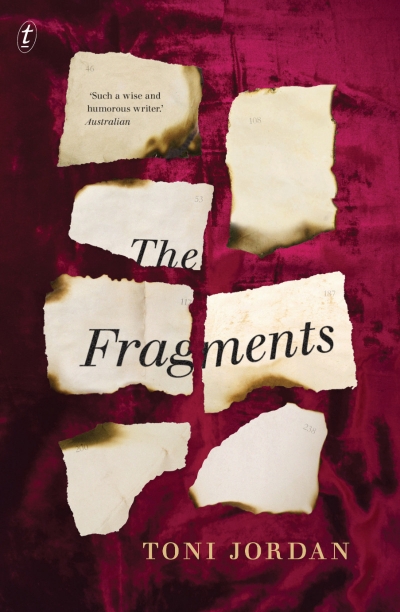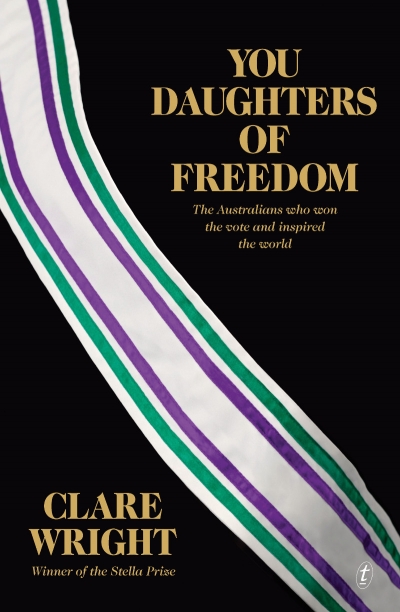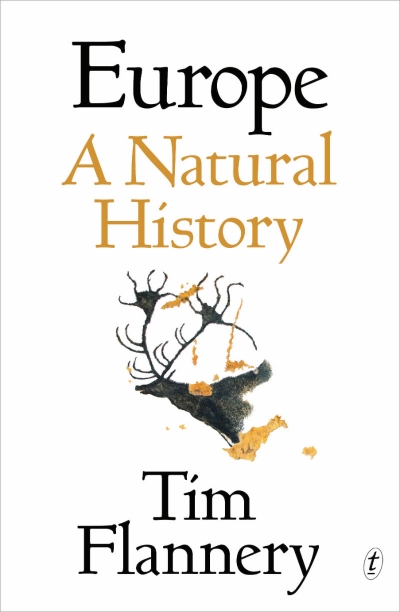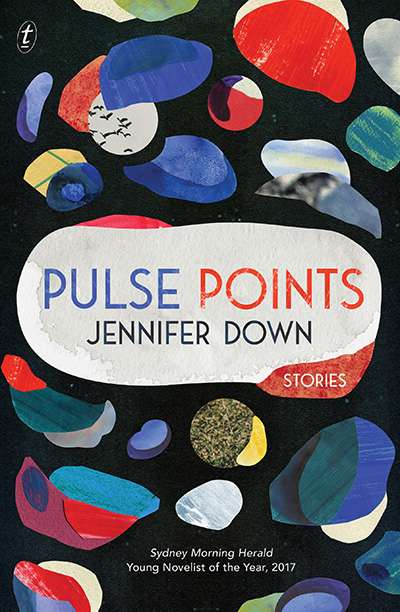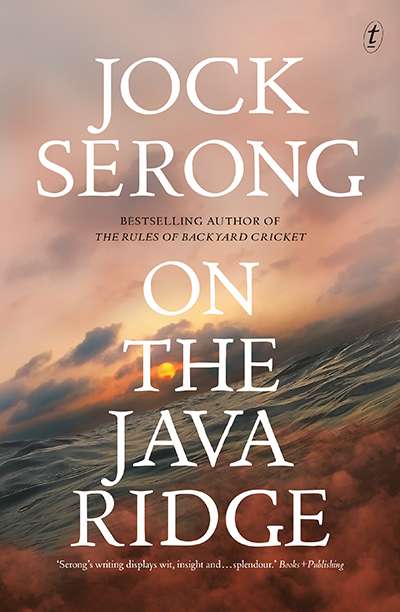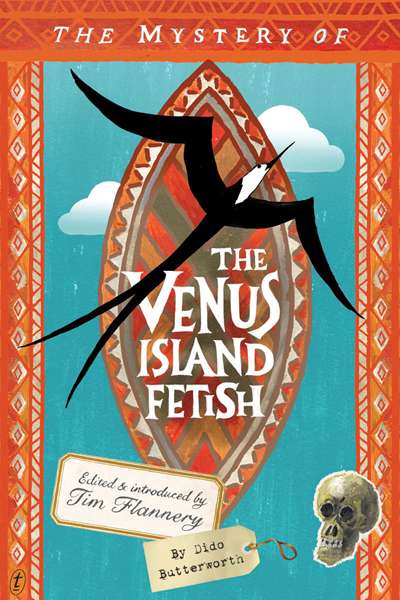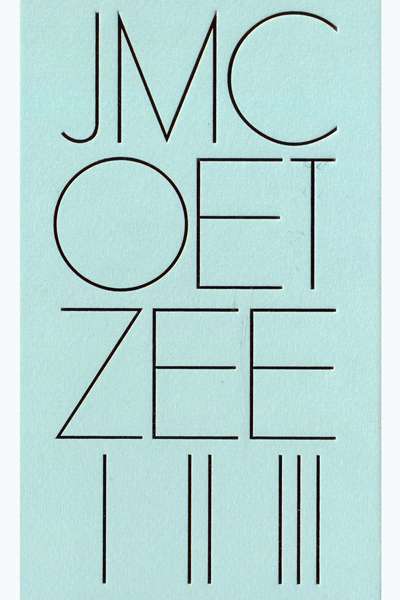It is 1932 and as the SS Mokambo steams into Sydney Harbour with Archie Meek on board, the Australian Museum’s young anthropologist is about to discover that he has committed a terrible faux pas. After five years away in the Venus islands studying the customs and culture of its head-hunting inhabitants, Meek is eager to be reunited with Beatrice Goodenough, the beautiful but sheltered registrar of the museum’s anthropology department. In true island fashion, Meek has accompanied his request for her hand in marriage with the sincerest love token a man can proffer. Unfortunately, on receipt of his dried foreskin, lovingly posted, Goodenough fails to respond as a Venus Island maiden would. A younger, weedier Meek might have been ready to crumple at such rejection, but the hesitant stripling of nineteen is now a bronzed hunk of twenty-four, ready to claim Beatrice as his own despite the misfiring of his culturally specific courtship ritual.
...
(read more)

